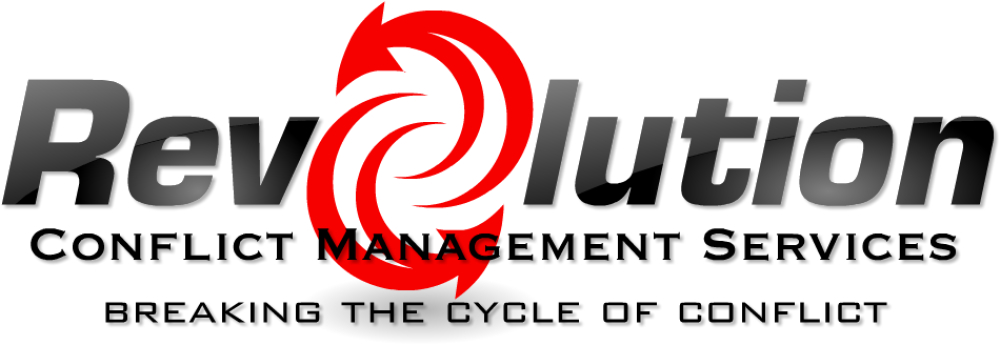If you find that you have a pattern of aggressive responses to the actions and behaviour of others, some serious self-reflection will go a long way to identify the particular triggers that set you off the most. Once you’ve figured out what triggers your aggression, you’ll know where to focus your attention going forward.
What is the purpose of aggression?
When we react aggressively towards someone, it’s because they’ve said or done something that appears to us to be a threat. Our natural reaction to threatening situations is to defend ourselves. This is a good thing. There are lots of legitimate threats out there. Threats to our safety, our belief systems, loved ones, personal and career goals. Sometimes, we need to take action (of some kind) to protect and defend our interests from these threats.
The challenge lies in selecting the most appropriate strategy for the given situation. Aggression is really only an appropriate response (socially and ethically) when you or a loved one is in imminent danger. You need to be able to fight your way out of dangerous situations. It’s that simple. The problem for some folks is that they struggle to accurately assess the seriousness of the threat, and/or they are not skilled at regulating their emotions. They perceive all threats as very serious and allow their initial primitive emotional reaction determine their response.
How we experience and process potential threats
Our first indication that we might have a problem comes to us through our emotions. We “feel” annoyed, angry, offended, etc. by something that someone says or does. From there we need to do an assessment of the validity and seriousness of the threat. Did we misunderstand their meaning? Why do I care about this? What do I stand to lose here? Do I really need to do anything about this? From there we choose a response. Ideally, we respond in a way that is socially acceptable, focuses on addressing the specific threat, and fits within our personal value system.
All of this requires use of complex thinking, which becomes limited when our emotions take over. It’s hard to think clearly and rationally when you’re angry or frightened isn’t it? This is how we’re wired, and it goes all the way back to the beginning of our species. Back then, most threats were serious and potentially life threatening. There wasn’t time to apply critical thinking to how best respond. They needed an immediate reaction, no real thought required. But today, most threats we perceive are not life threatening. But the way they first come to our attention hasn’t changed. Everything is a serious threat until we decide it isn’t. The key to managing your responses lies in your ability to distinguish serious from not serious, before you react.
How to be less aggressive
You must stop reacting emotionally to triggers, and utilize your complex thinking skills to assess the threat.
This means taking a deliberate pause when you are triggered. Taking some deep breaths, counting to ten, or some other behaviour to focus your attention will work. Then ask yourself a few questions:
- What emotion am I feeling?
- What just happened to make me feel this way?
- Why do I feel this way? (What threat are you perceiving?)
- How serious is it really?
- How do I want to respond right now?
- If I were watching someone else, would I think this response was appropriate?
- What positive and negative outcomes may come from this response?
- Do the positives outweighs the negatives?
- Is there a more reasonable or acceptable way for me to respond?
It looks like a long list of questions, but in practice you can run through them pretty quickly. What you’re doing is assessing the situation before responding. By pausing after the trigger and focusing on something else (like counting), you’re stepping away from the urge to react emotionally. Then when you start running through your list of questions, you’re forcing yourself to use complex thinking, which further overrides your instinctual drive to react emotionally. By the time you’ve answered your questions, you should be back in control of your emotions and have a good understanding of what’s happening. Plus, you’ll be ready to respond in a way that won’t have the same undesirable consequences that aggressive behaviour creates.
Aggressive behaviour does have its place, and when the threat really is serious enough, your mind won’t allow you to slow down your response. If someone attacks you, you’re going to fight back. But when someone insults you, you need to be able to decide whether fighting back is your best option. It all gets easier with practice and self-reflection. Look back over past incidents and see what the triggers were. Look for patterns in your behaviour. Then going forward, try the process I’ve described. It should help with self-regulation and improve your ability to respond to threats without resorting to aggression.


